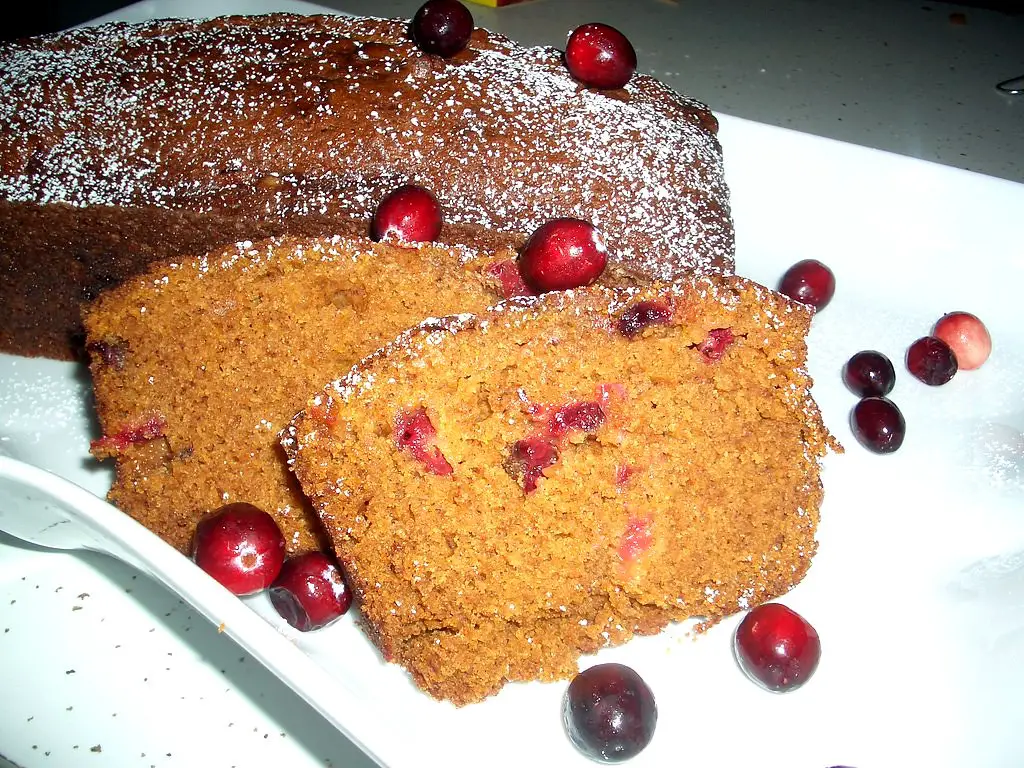Creating a delicious vegetable pizza at home is a fantastic way to enjoy a healthier version of everyone’s favorite dish. Packed with the goodness of fresh vegetables, this recipe is not only nutritious but also incredibly flavorful and customizable to suit your taste preferences.
Whether you’re a vegetarian or simply looking to incorporate more vegetables into your diet, this vegetable pizza recipe is sure to impress.
Ingredients:
Pizza Dough: You can use store-bought pizza dough or make your own at home for a more authentic touch.
Pizza Sauce: Choose a high-quality pizza sauce or make your own with tomatoes, garlic, herbs, and olive oil.
Cheese: A mix of mozzarella and parmesan cheese works best for a melty and flavorful base.
Vegetables: This is where you can get creative. Popular choices include bell peppers, onions, mushrooms, olives, artichokes, and spinach. Feel free to choose your favorites or use what’s in season.
Seasonings: Salt, pepper, Italian seasoning, and red pepper flakes (optional for a spicy kick).
Olive Oil: For drizzling over the top before baking.
Fresh Basil: For garnish, adding a fresh and aromatic finish.

Instructions:
Preheat Your Oven: Preheat your oven to its highest setting, typically between 450°F (230°C) and 500°F (260°C). If you have a pizza stone, place it in the oven at this time to heat up as well.
Prepare the Vegetables: While the oven is preheating, slice your chosen vegetables into thin pieces. This ensures they cook evenly and get slightly crispy on the edges.
Roll Out the Dough: On a lightly floured surface, roll out your pizza dough to your desired thickness. For a crispier crust, roll it thinner.
Assemble the Pizza: Transfer the rolled-out dough to a piece of parchment paper for easy transfer to the oven. Spread a thin layer of pizza sauce over the dough, leaving a small border around the edges. Sprinkle a layer of mozzarella cheese, then arrange your sliced vegetables on top. Add a little parmesan cheese over the vegetables, and season with salt, pepper, and Italian seasoning.
Bake the Pizza: Carefully transfer the pizza (with the parchment paper) to your preheated pizza stone or a baking sheet. Bake for about 10-15 minutes, or until the crust is golden and the cheese is bubbly and starting to brown.
Garnish and Serve: Once out of the oven, let the pizza cool for a few minutes, then drizzle with a little olive oil and garnish with fresh basil leaves. Slice and serve immediately.
Tips for Success:
Pre-cook Certain Vegetables: Some vegetables, like mushrooms or spinach, release a lot of moisture when cooked. Pre-cooking these vegetables slightly in a pan can prevent your pizza from becoming soggy.
Experiment with Sauces and Cheeses: Don’t be afraid to experiment with different types of sauces (like pesto or white garlic sauce) and cheeses (such as goat cheese or vegan cheese) to find your perfect combination.
Use a Pizza Stone: For the best crispy crust, use a pizza stone and preheat it in the oven. This simulates the high heat of a traditional pizza oven.
This vegetable pizza recipe is a canvas for your culinary creativity. By mixing and matching different vegetables, sauces, and cheeses, you can create a unique pizza that’s both healthy and satisfying. Whether you’re cooking for yourself, your family, or a gathering of friends, this recipe is sure to be a crowd-pleaser. Enjoy the process of making it and the delicious results!
Additional Variations and Ideas:
To keep your vegetable pizza exciting and to cater to various dietary needs, consider these variations and additional ideas:
Gluten-Free Option:
For those with gluten sensitivities or preferences, replace the traditional pizza dough with a gluten-free version. Many stores offer gluten-free pizza bases, or you can make your own using ingredients like almond flour, coconut flour, or gluten-free all-purpose flour.
Vegan Twist:
Making your vegetable pizza vegan is easy with the wide availability of vegan cheeses and meat substitutes. Swap out traditional cheese for your favorite vegan cheese (cashew cheese works great for a homemade option). Also, consider adding nutritional yeast for a cheesy flavor boost without the dairy.
Adding Proteins:
If you’re looking to add a bit more protein to your vegetable pizza, consider including plant-based options like marinated tofu, tempeh, or chickpeas. For non-vegetarian options, grilled chicken or prosciutto can complement the vegetables nicely.
Grilled Vegetable Pizza:
For an added flavor dimension, grill your vegetables before adding them to the pizza. Grilling vegetables like zucchini, eggplant, and bell peppers can enhance their natural sweetness and add a smoky flavor that pairs wonderfully with the crisp pizza crust.
Incorporate Different Cuisines:
Don’t hesitate to take your vegetable pizza on a culinary tour by incorporating flavors from different cuisines. For example, an Indian-inspired pizza could feature spicy roasted cauliflower, paneer cheese, and a tikka masala sauce. A Mexican-themed pizza might include black beans, corn, jalapeños, and a drizzle of avocado crema.
Serving Suggestions:
Pair your vegetable pizza with a simple side salad for a balanced meal. Consider a salad with mixed greens, cherry tomatoes, cucumbers, and a light vinaigrette. Not only does it add a fresh element to your meal, but it also balances the richness of the pizza.
For a complete dining experience, consider pairing your pizza with a refreshing beverage. A light white wine, a crisp beer, or even a sparkling water with lemon can complement the flavors of your vegetable pizza beautifully.
The beauty of making vegetable pizza at home lies in its versatility and the joy of creating something that perfectly suits your tastes and dietary preferences. Whether you’re experimenting with different vegetables, trying new cheese alternatives, or exploring flavors from around the world, there’s always something new to discover in the world of homemade pizza. Gather your favorite ingredients, and let your creativity lead the way to a delicious and satisfying meal that everyone can enjoy.
When it comes to homemade vegetable pizza, the nutritional content can vary widely based on the ingredients used, such as the type of dough, the amount and type of cheese, and the variety and quantity of vegetables. However, let’s consider a general estimation of the nutritional facts for a single serving of vegetable pizza (assuming one slice from an 8-slice pizza) made with a mix of bell peppers, onions, mushrooms, and olives on a traditional crust with mozzarella and parmesan cheese.
Estimated Nutritional Facts per Serving:
Calories: Approximately 250-300 calories
Protein: About 10-15 grams
Fat: Approximately 10-12 grams (with saturated fat making up about 4-5 grams)
Carbohydrates: Around 30-40 grams
Fiber: About 2-4 grams
Sugars: Approximately 3-5 grams
Sodium: Roughly 500-700 mg
Nutritional Benefits:
Vegetables: The vegetables on the pizza provide a variety of vitamins and minerals, including vitamin C from bell peppers, potassium from mushrooms, and dietary fiber. These contribute to overall health, support the immune system, and can help with digestion.
Cheese: Cheese is a good source of calcium, which is important for bone health, and protein, which is crucial for muscle repair and growth. However, cheese is also high in saturated fat, so it’s best consumed in moderation.
Olive Oil: If you drizzle olive oil on your pizza, you’re adding healthy monounsaturated fats to your diet, which are beneficial for heart health.
Considerations for a Healthier Pizza:
Whole Grain Dough: Opting for whole grain pizza dough can increase the fiber content of your pizza, which is beneficial for digestion and can help you feel fuller longer.
Load Up on Vegetables: The more vegetables you add, the more vitamins, minerals, and fiber you’ll consume. This not only enhances the nutritional profile of your pizza but also adds flavor and color.
Reduce Cheese or Choose Low-Fat Options: To lower the saturated fat content, you can reduce the amount of cheese or opt for low-fat cheese varieties. This can significantly decrease the calorie and fat content without sacrificing too much flavor.
Mind Your Portions: Pizza can be part of a balanced diet when consumed in moderation. Pay attention to serving sizes and pair your slice with a side salad to add volume and nutrients to your meal without a significant calorie increase.
Homemade vegetable pizza offers a tasty way to enjoy a variety of vegetables along with the comforting flavors of melted cheese and crispy crust. By making mindful choices about the ingredients, it’s possible to create a delicious pizza that also aligns with your nutritional goals.
Whether you’re aiming for a lighter meal by using less cheese and a whole grain base, or indulging in a more traditional version, pizza night can be both enjoyable and a part of a balanced diet.


















